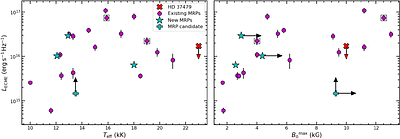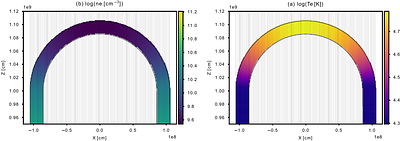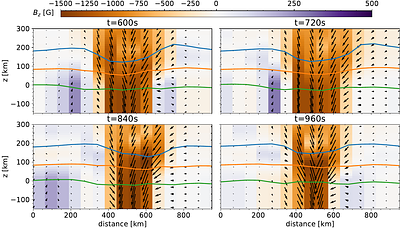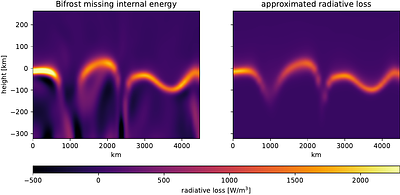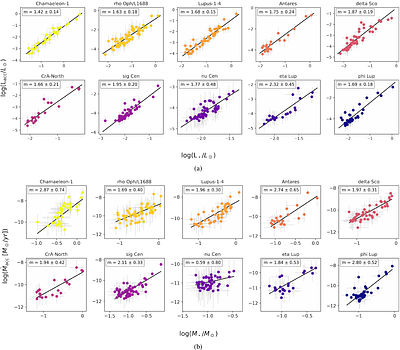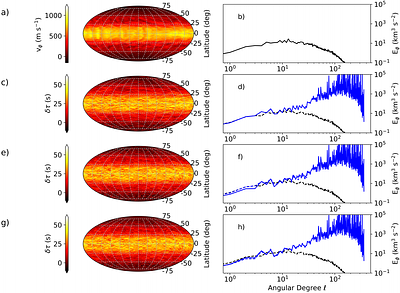The JDISC Survey: Linking the Physics and Chemistry of Inner and Outer Protoplanetary Disk Zones
By: Nicole Arulanantham, Colette Salyk, Klaus Pontoppidan, Andrea Banzatti, Ke Zhang, Karin Öberg, Feng Long, John Carr, Joan Najita, Ilaria Pascucci, María José Colmenares, Chengyan Xie, Jane Huang, Joel Green, Sean M. Andrews, Geoffrey A. Blake, Edwin A. Bergin, Paola Pinilla, Miguel Vioque, Emma Dahl, Eshan Raul, Sebastiaan Krijt, the JDISCS Collaboration
By: Daniel F. Ryan, Laura A. Hayes, Hannah Collier, Graham S. Kerr, Andrew R. Inglis, David Williams, Andrew P. Walsh, Miho Janvier, Daniel Müller, David Berghmans, Cis Verbeeck, Emil Kraaikamp, Peter R. Young, Therese A. Kucera, Säm Krucker, Muriel Z. Stiefel, Daniele Calchetti, Katharine K. Reeves, Sabrina Savage, Vanessa Polito
By: Barnali Das, Matt E. Shultz, Joshua Pritchard, Kovi Rose, Laura N. Driessen, Yuanming Wang, Andrew Zic, Tara Murphy, Gregory Sivakoff
By: A. Dolliou, J. A. Klimchuk, S. Parenti, K. Bocchialini
By: G. Liu, I. Milić, J. S. Castellanos Duran, J. M. Borrero, M. van Noort, C. Kuckein
By: Jaeyeong Kim, Jeong-Eun Lee, Chul-Hwan Kim, Woong-Seob Jeong, Yao-Lun Yang
By: Christoph U. Keller
By: L. Delfini, M. Vioque, Á. Ribas, S. Hodgkin
By: Maxime Stuck, Jane Pratt, Isabelle Baraffe, Joyce Ann Guzik, Mary-Geer Dethero, Dimitar Vlaykov, Tom Goffrey, Arthur Le Saux
Resolution of the Solar Convective Conundrum? New Results Using the Time-Distance Deep-Focus Method
By: John T. Stefan, Alexander G. Kosovichev, Gustavo Guerrero, Andrey M. Stejko


